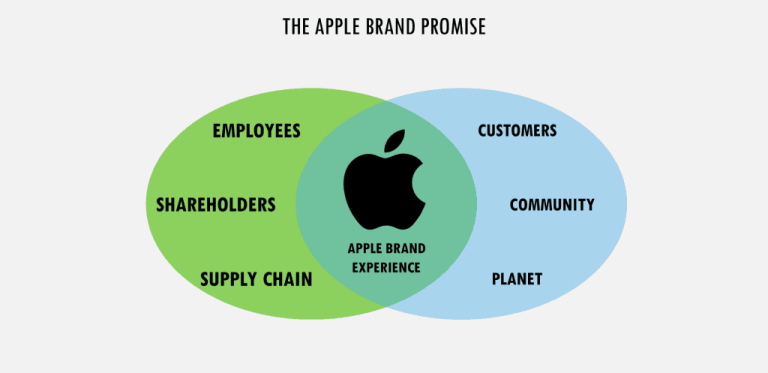Investment Planning Demystified: Understanding Risk, Return, and Portfolio Diversification
Investing can be a difficult undertaking that even experienced investors may find intimidating due to its many complexities, uncertainties, and technical terms. That being said, investing is fundamentally just the act of distributing resources with the hope of earning a profit. By examining the basic ideas of risk, return, and portfolio diversification in this blog post, we’ll demystify investment planning and provide you the knowledge and self-assurance you need to successfully navigate the world of investing with clarity and purpose.
Recognizing Risk
Investing carries a certain amount of risk, which is the potential for financial loss or unfavorable results. All investments involve some risk, but the amount of risk varies according to the kind of investment, the state of the market, and the circumstances of each individual. Typical categories of investment risk consist of:
- Market Risk: Also known as systematic risk, market risk refers to the risk of losses due to factors that affect the overall performance of the financial markets, such as economic conditions, geopolitical events, and changes in interest rates.
- Company Risk: Also referred to as specific risk, company risk is the possibility of suffering losses as a result of elements unique to a given business, such as incompetent management, pressure from competitors, or legal problems.
- Liquidity Risk: Liquidity risk refers to the risk of not being able to buy or sell an investment quickly and at a fair price. Liquidity risk may be more prevalent in less liquid investments, such as private equity and real estate.
- Credit Risk: Credit risk refers to the risk of losses due to a borrower’s failure to repay a loan or debt obligation. Higher returns are often offered by investments with higher credit risk, such as junk bonds or high-yield bonds, to offset the increased risk.
Exploring Return
Return is the benefit or gain from an investment over a predetermined time frame. The difference between the initial investment and the investment’s final value, including any income or capital gains realized, is represented by this percentage. Investment returns come in a variety of forms, such as:
- Capital Gains: Capital gains are profits earned from the sale of an investment at a higher price than the purchase price. A $50 per share capital gain would be realized, for instance, if you purchased stock for $50 per share and sold it for $100 per share.
- Income from Dividends: Dividend income is the money that businesses give investors as extra shares of stock or as cash payments. Regardless of the state of the market, dividend income is a passive income source that can deliver a consistent flow of cash.
- Interest Income: Interest income is income earned from investments in interest-bearing securities such as bonds, certificates of deposit (CDs), or savings accounts. Interest income is usually given to the borrower on a regular basis as payment for the borrower’s loan to the issuer.
To maximize these returns and manage potential risks effectively, it is advisable to work with a certified financial planner San Diego who can provide personalized advice tailored to your financial goals and risk tolerance.
Accepting Diversification in Your Portfolio
Spreading investments over a range of asset classes, industries, and geographical areas is known as portfolio diversification, and it is a risk management tactic used to lower the overall risk of the portfolio. You can optimize your portfolio’s risk-return trade-off and lessen the impact of individual investment losses by diversifying your holdings. Among the fundamentals of portfolio diversification are:
- Asset Allocation: Asset allocation is the process of determining how to allocate investments across different asset classes, such as stocks, bonds, cash, and alternative investments. Making a balanced portfolio that fits your time horizon, investment goals, and risk tolerance is the aim of asset allocation.
- Risk Tolerance: The capacity and willingness of a person to tolerate changes in the value of their investments is known as risk tolerance. Financial objectives, age, income, and prior investment experience are some of the variables that affect it. Having a clear understanding of your risk tolerance is crucial to creating a portfolio that suits your goals and needs.
- Rebalancing: Rebalancing is the process of making periodic adjustments to your investment portfolio in order to keep the desired asset allocation. Your portfolio may deviate from its target allocation over time due to shifts in asset prices and market conditions. By rebalancing, you can make sure that your portfolio stays in line with your risk tolerance and investing goals.
To sum up, investment planning doesn’t have to be a difficult undertaking. You can move confidently and clearly through the world of investing if you grasp the basic ideas of risk, return, and portfolio diversification. Keep in mind that investing is a long-term project, and success calls for perseverance, self-control, and a readiness to change and grow. You can create a long-lasting investment portfolio by diversifying your holdings, controlling risk, and maintaining focus on your long-term objectives. By putting the correct information and plan in place, you can reach your financial objectives and accumulate wealth for the future.






